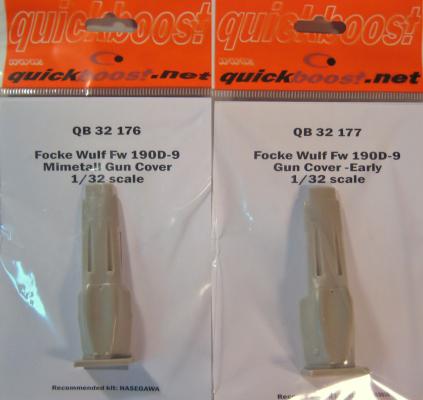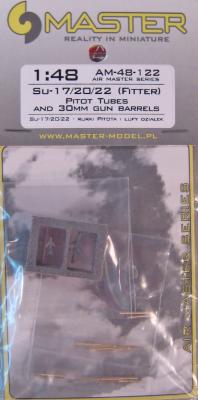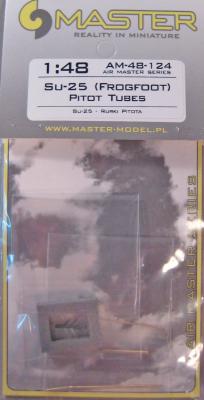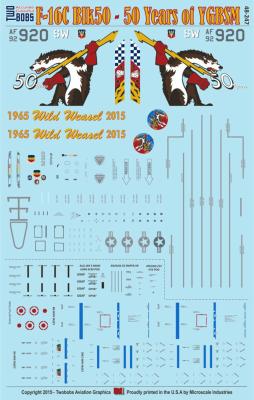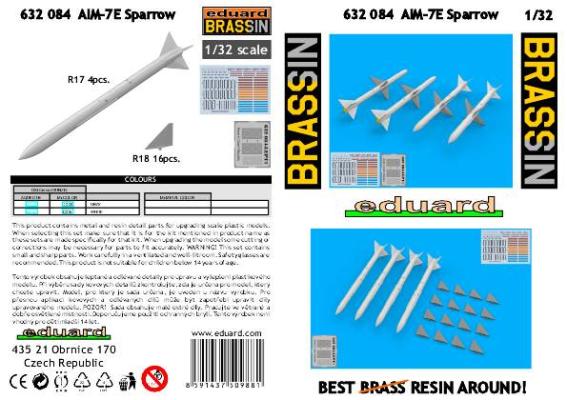- QB 32 176 - Fw-190D-9 Mimetall Gun Cover - $5
- QB 32 177 - Fw-190D-9 Early Gun Cover - $5
The late war production machine in Germany required that many smaller manufacturers of parts be decentralized. As such a situation developed different manufacturers modified parts as necessary to ensure they meet production quotas. This is the situation with the FW-190D-9 forward cowlings and gun covers.
Packaged is a familiar self-sealing package, these gun covers are molded in light grey resin with no visible flaws. They are drop in replacement for the kit parts. Simply remove them from the resin pour stub and add to the model.











